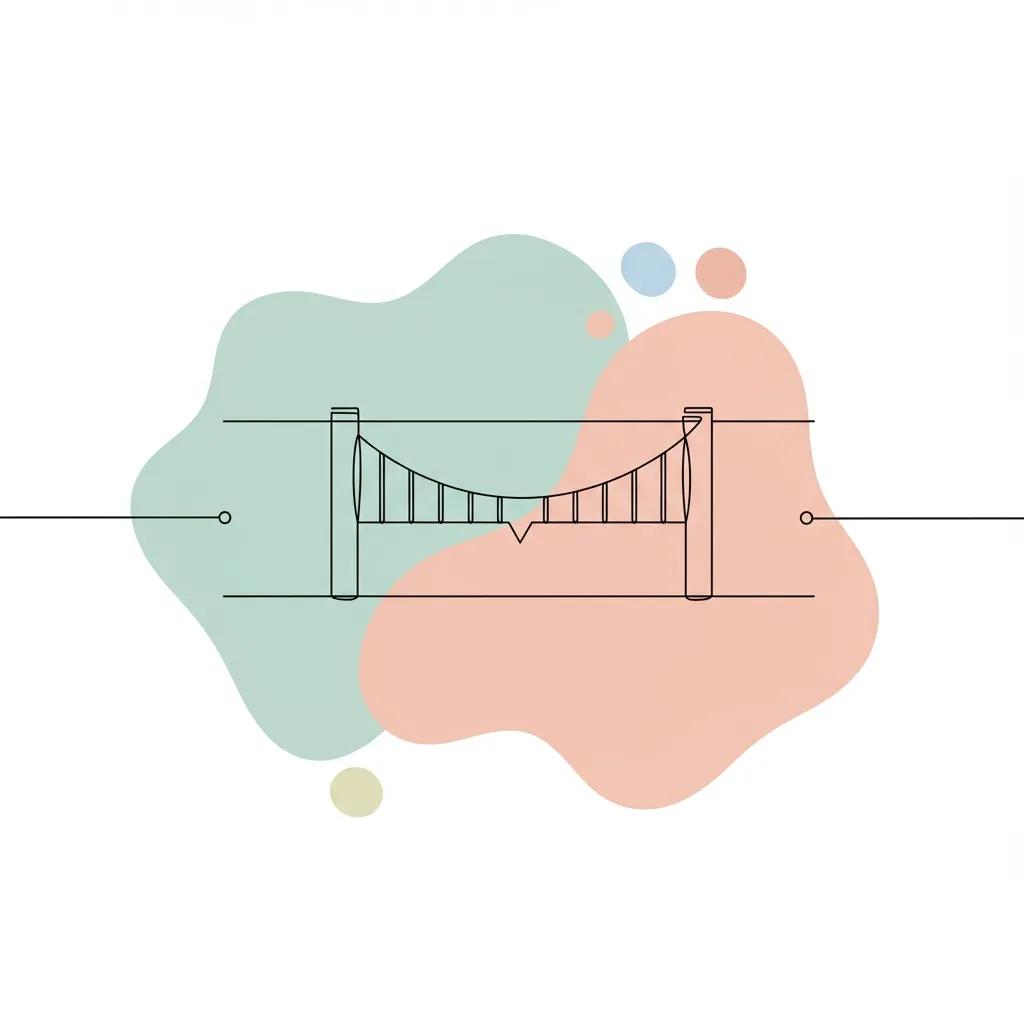Addressing an Employment Gap on Your Resume (Without Raising Red Flags)

Addressing an Employment Gap on Your Resume (Without Raising Red Flags)
An employment gap on your resume can be a source of anxiety, but it doesn't have to be a deal-breaker.
This guide provides actionable strategies to frame career breaks positively, ensuring recruiters focus on your skills and value, not the time you took off.
Why Honesty is the Best Policy
Lying about an employment gap is never the answer. Background checks can easily expose discrepancies, leading to immediate disqualification.
Honesty builds trust. A well-explained gap can showcase personal growth, resilience, and new skills acquired outside a traditional work environment.
The goal isn't to hide the gap but to control the narrative around it, turning a potential negative into a neutral or even positive point.
How to Frame Your Employment Gap
Context is everything. The reason for your career break determines the best way to present it on your resume.
Provide a brief, professional explanation. Focus on what you did during that time, especially if it involved skill-building, volunteering, or project work.
Mini-definition: A career break is a period of time when an individual voluntarily steps away from their career path for reasons such as caregiving, travel, education, or personal well-being.
| Framing Method | Best For... | Example Phrasing |
|---|---|---|
| Professional Development | Taking courses, earning certifications. | "Professional Development (2023-2024): Completed certifications in Project Management (PMP) and Agile Methodologies." |
| Family Care / Sabbatical | Caregiving, raising children, travel. | "Planned Career Break (2022-2023): Full-time parent and primary caregiver." or "Personal Sabbatical for international travel." |
| Freelance / Consulting | Taking on project-based work. | "Independent Consultant (2023-Present): Provided marketing strategy services for B2B tech startups." |
Always emphasize any skills gained or projects completed during your time away. This reframes the period as productive, not idle.
Formatting Your Resume to Minimize the Gap
Strategic formatting can help de-emphasize dates and draw the reader's attention to your skills and accomplishments.
Use years instead of months for employment dates (e.g., "2021–2023" instead of "May 2021–October 2023") to visually shorten a gap of less than a year.
Consider a functional or combination resume format, which prioritizes a skills summary over a strict chronological work history. This advice is supported by career experts at platforms like LinkedIn.
What Not to Do When Addressing a Gap
Avoid over-explaining or sharing overly personal details about health or family matters. Keep your explanation concise, professional, and forward-looking.
Do not use vague terms like "Miscellaneous" or leave the gap entirely unexplained, as this invites negative speculation from recruiters.
Never fabricate roles or stretch employment dates. As noted by the Society for Human Resource Management (SHRM), integrity is a highly valued trait in candidates.
Frequently Asked Questions
How do I explain a gap due to a layoff?
Be direct and neutral. You can state "Position was eliminated due to corporate restructuring" and pivot quickly to your accomplishments in the role and what you are looking for next.
Is a short gap (under 3 months) a problem?
Generally, no. Most recruiters don't see a gap of a few months as a red flag, and it often doesn't require a specific explanation on the resume itself.
Should I put a career gap in my cover letter?
A cover letter can be an excellent place to briefly and proactively address a significant gap, framing it as a period of growth before connecting your skills to the target role.
How Cruit Helps You Navigate Career Gaps
Addressing an employment gap requires a thoughtful narrative and strategic positioning. Cruit's AI-powered platform provides the specific tools you need to handle this with confidence.
- Generic Resume Module: Work with our AI consultant to find the perfect professional language to describe your break. The AI can help you transform activities like "caring for a family member" into skill-based descriptions like "Managed complex scheduling and logistics for family healthcare."
- Journaling Module: If you're currently in a career break, use the Journaling Module to log your activities, projects, and learning. The AI will automatically tag the skills you're developing, creating a rich database of accomplishments to add to your resume later.
- Career Guidance Module: Unsure how to talk about your gap in an interview? The AI Mentor can help you brainstorm and practice your response. It asks Socratic questions to help you build a confident, authentic story about your journey.
- Resume Tailoring Module: After framing your gap, use this module to ensure the rest of your resume is perfectly optimized for the job you want. It highlights the keywords and skills that matter most, shifting the focus to your qualifications.
This guide was created by Cruit, a career growth platform that helps professionals build and execute their career strategy.